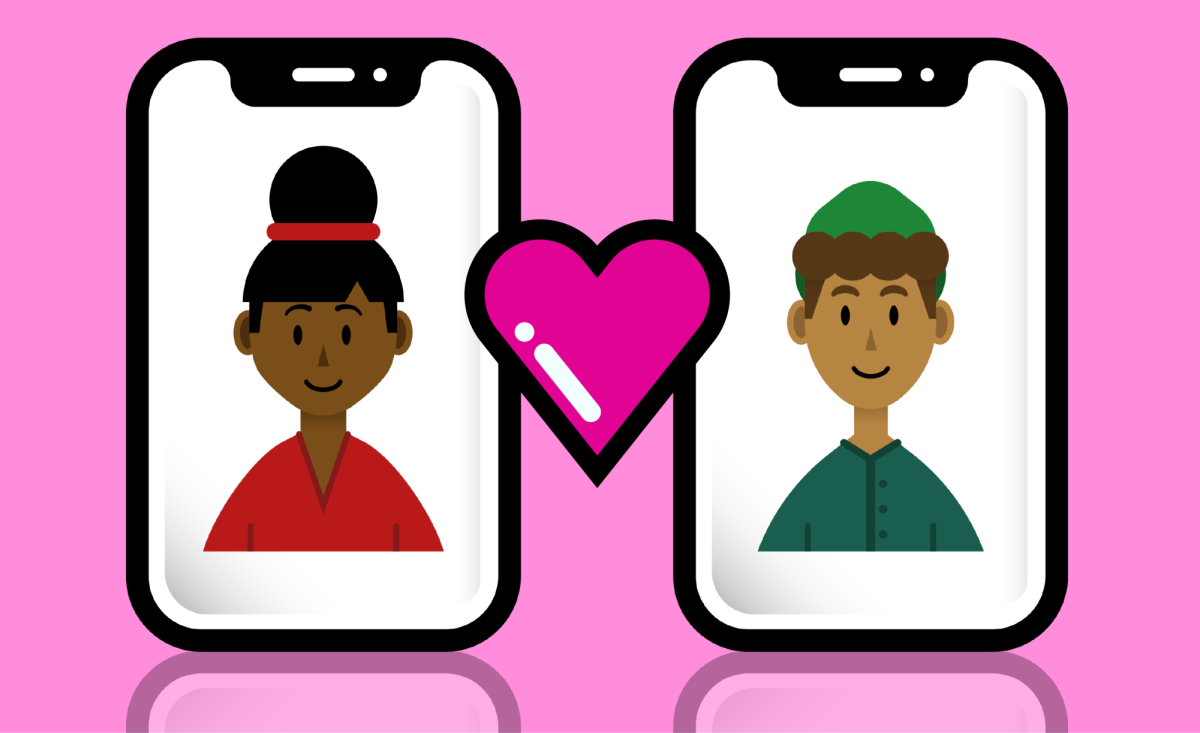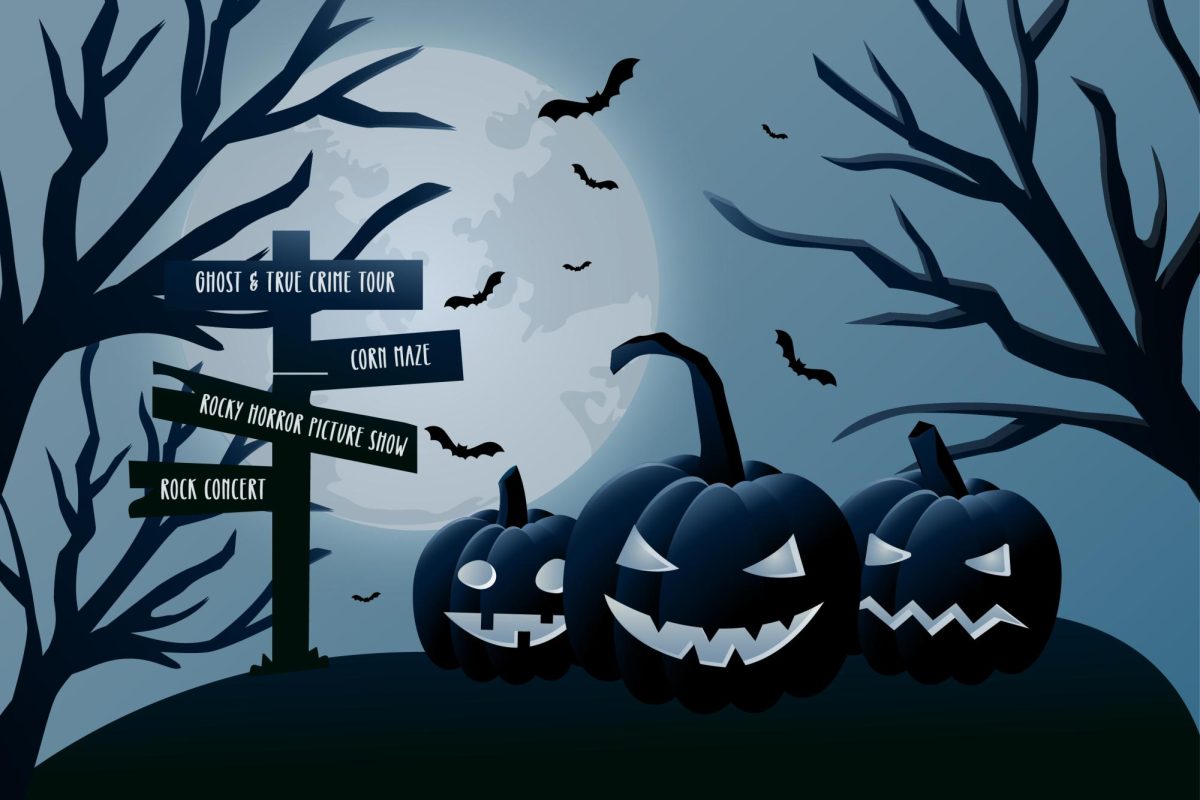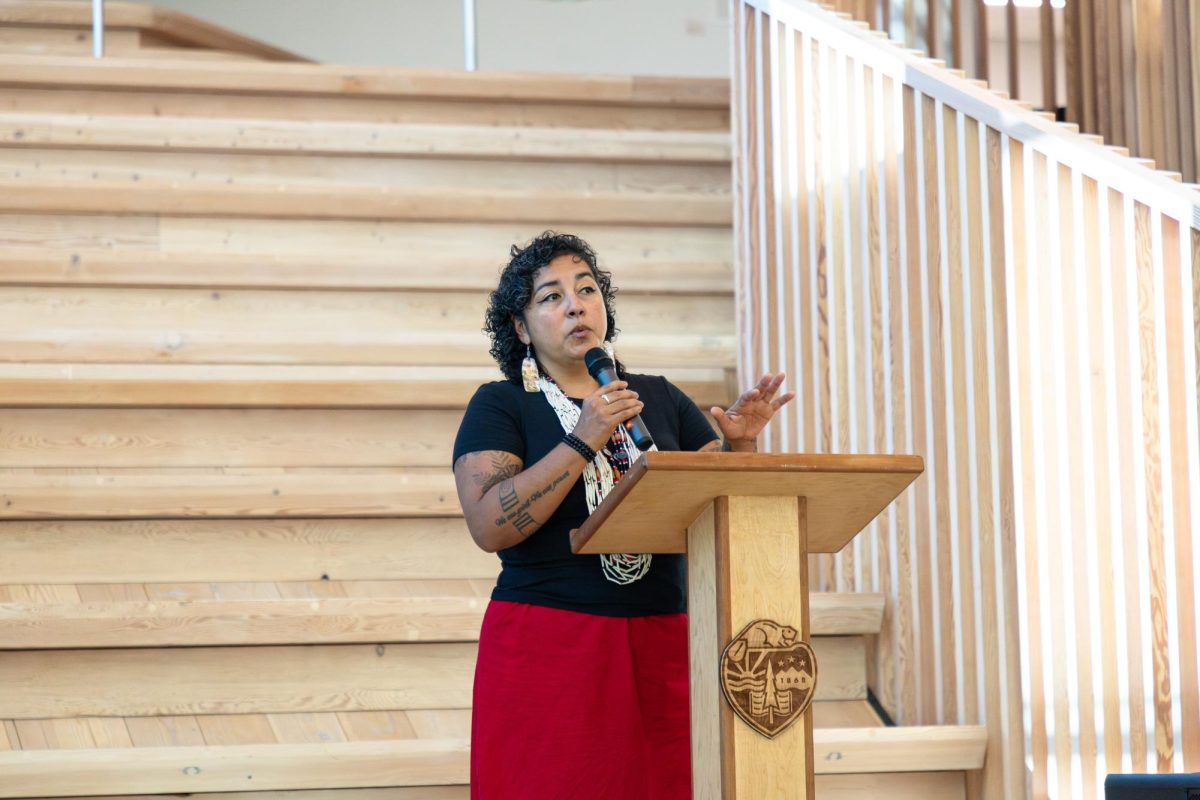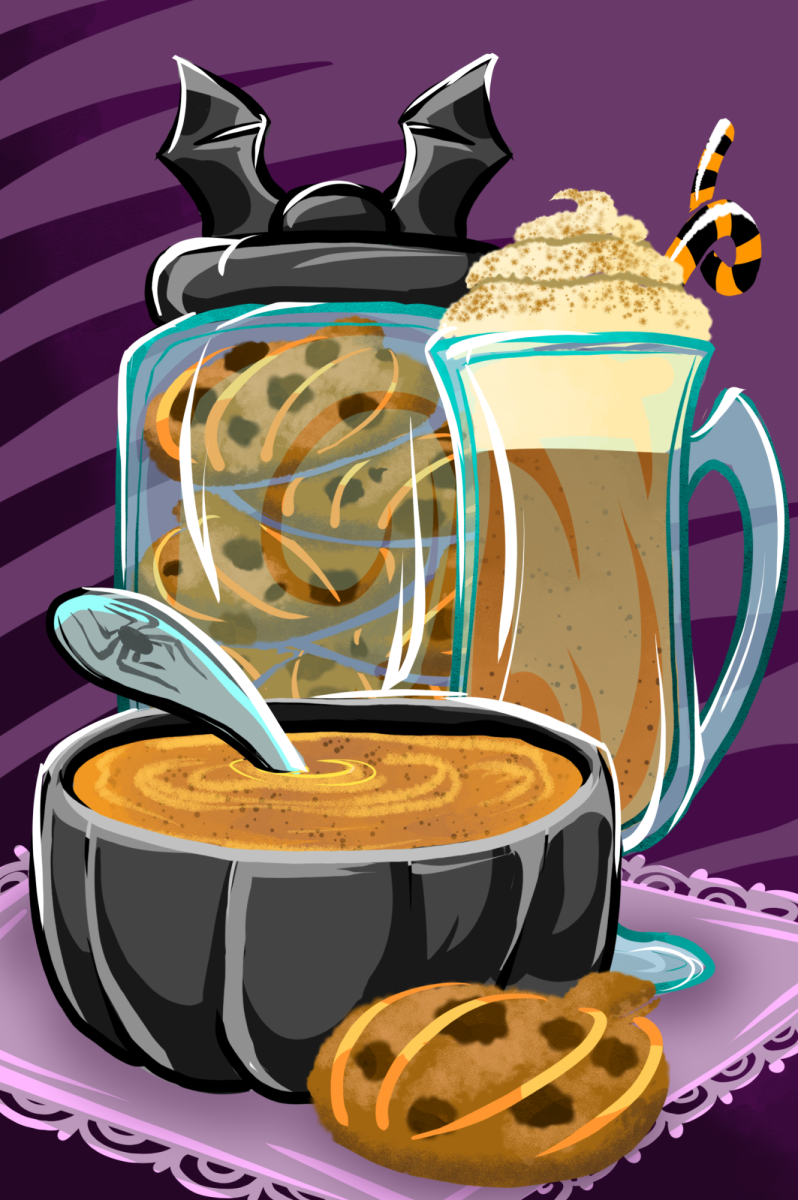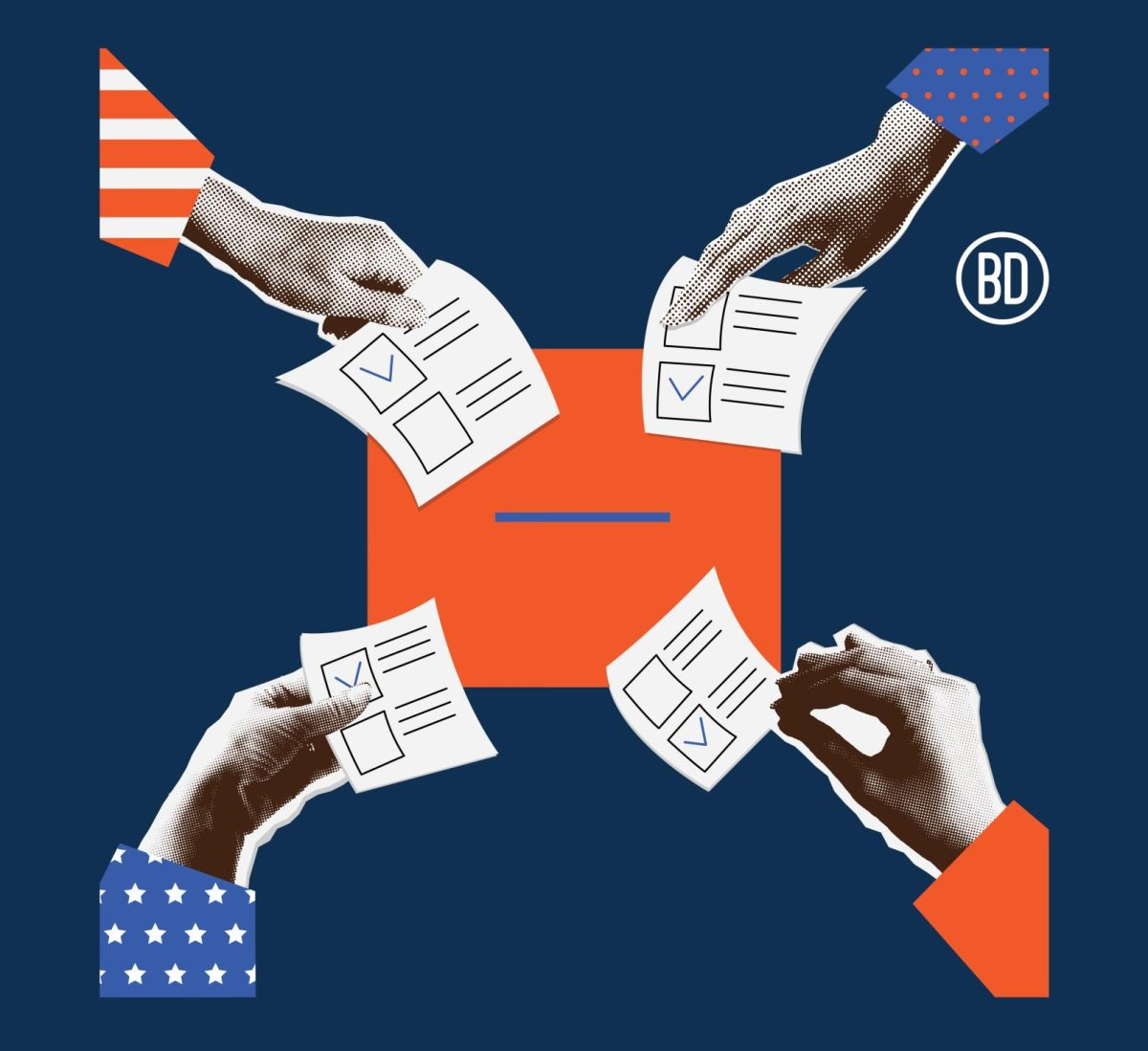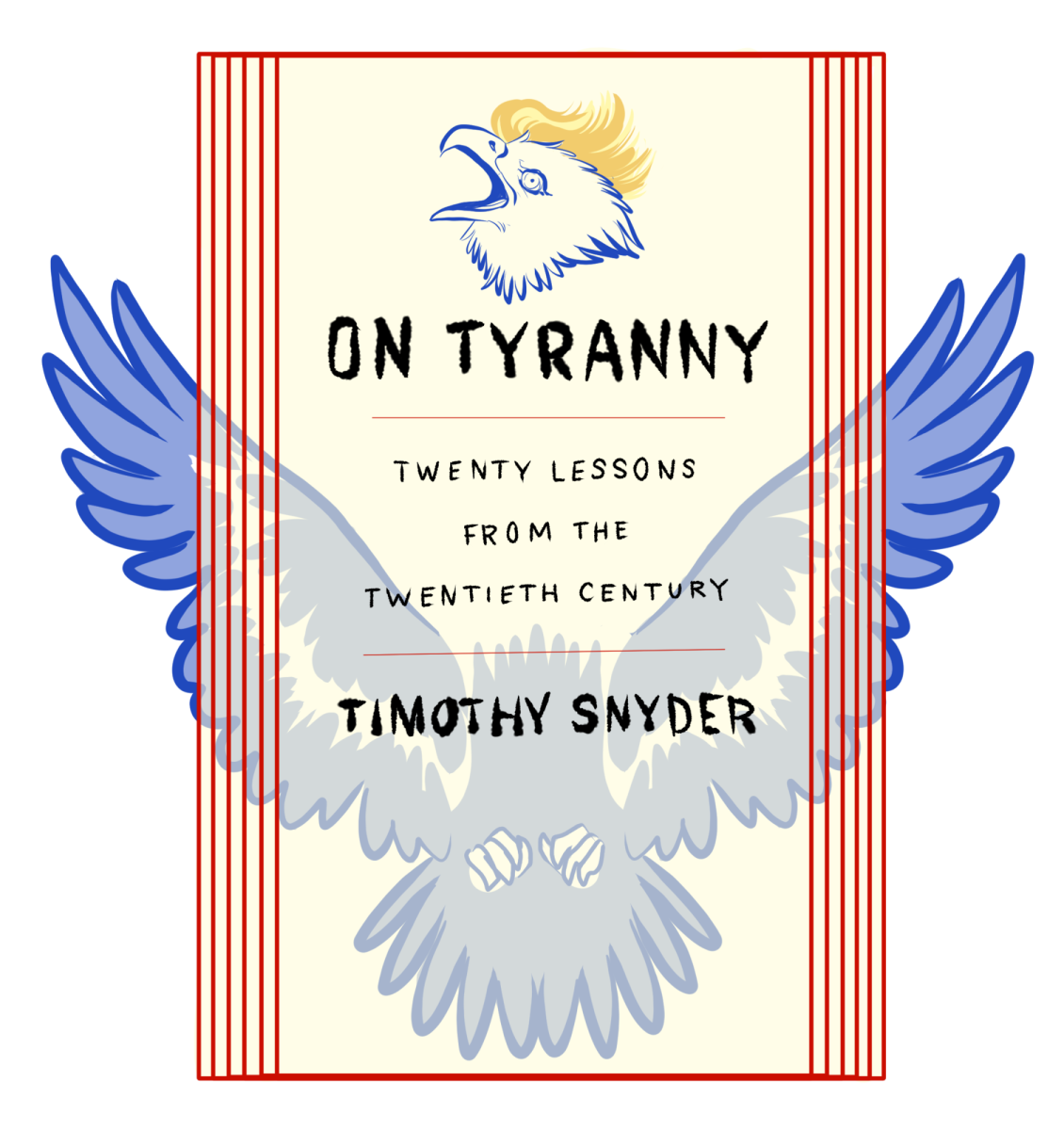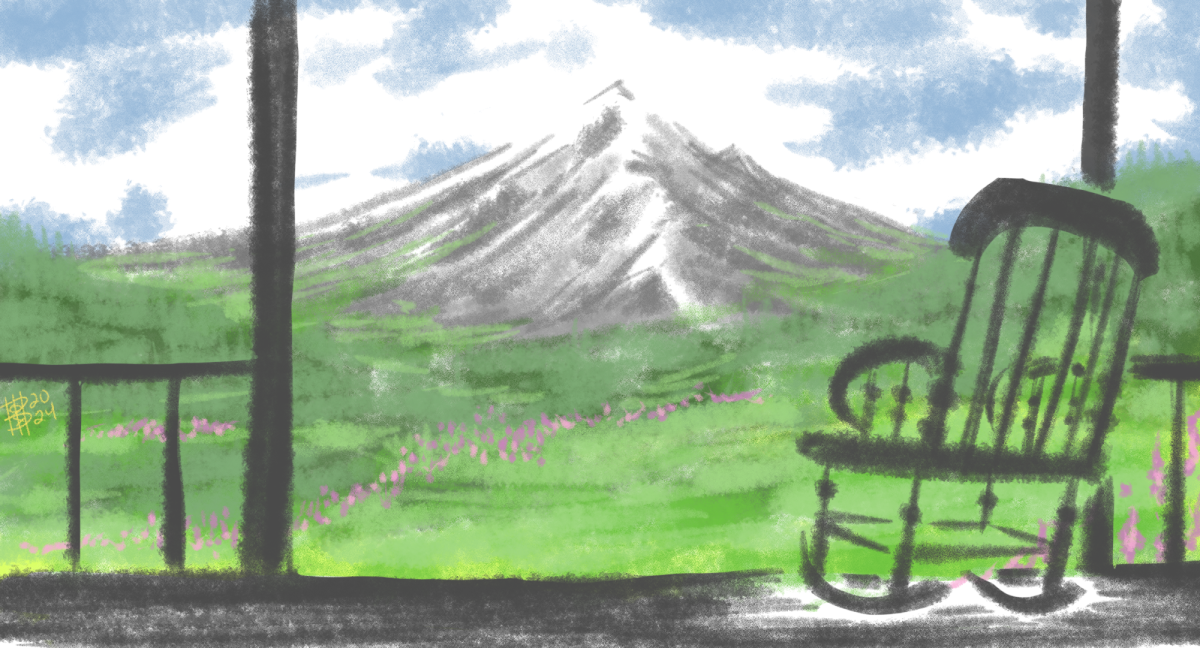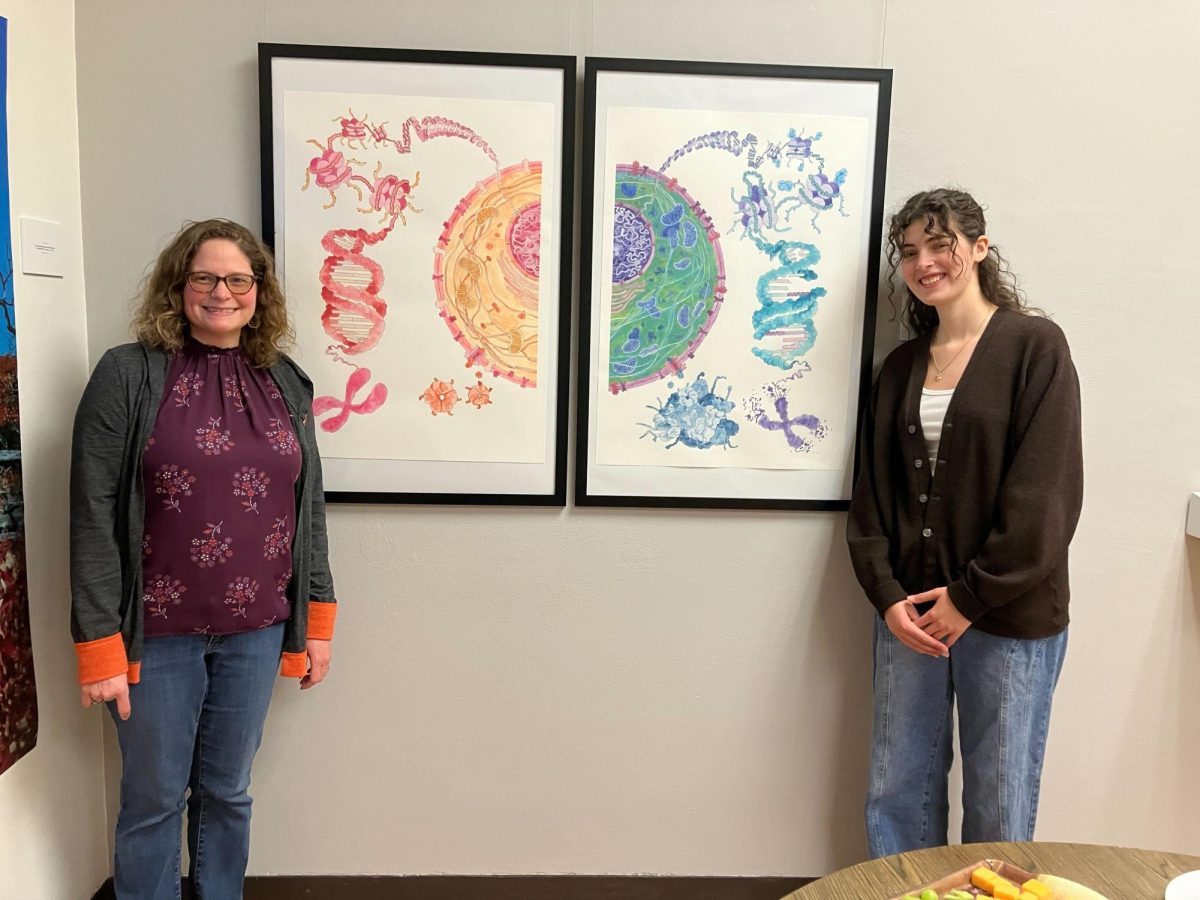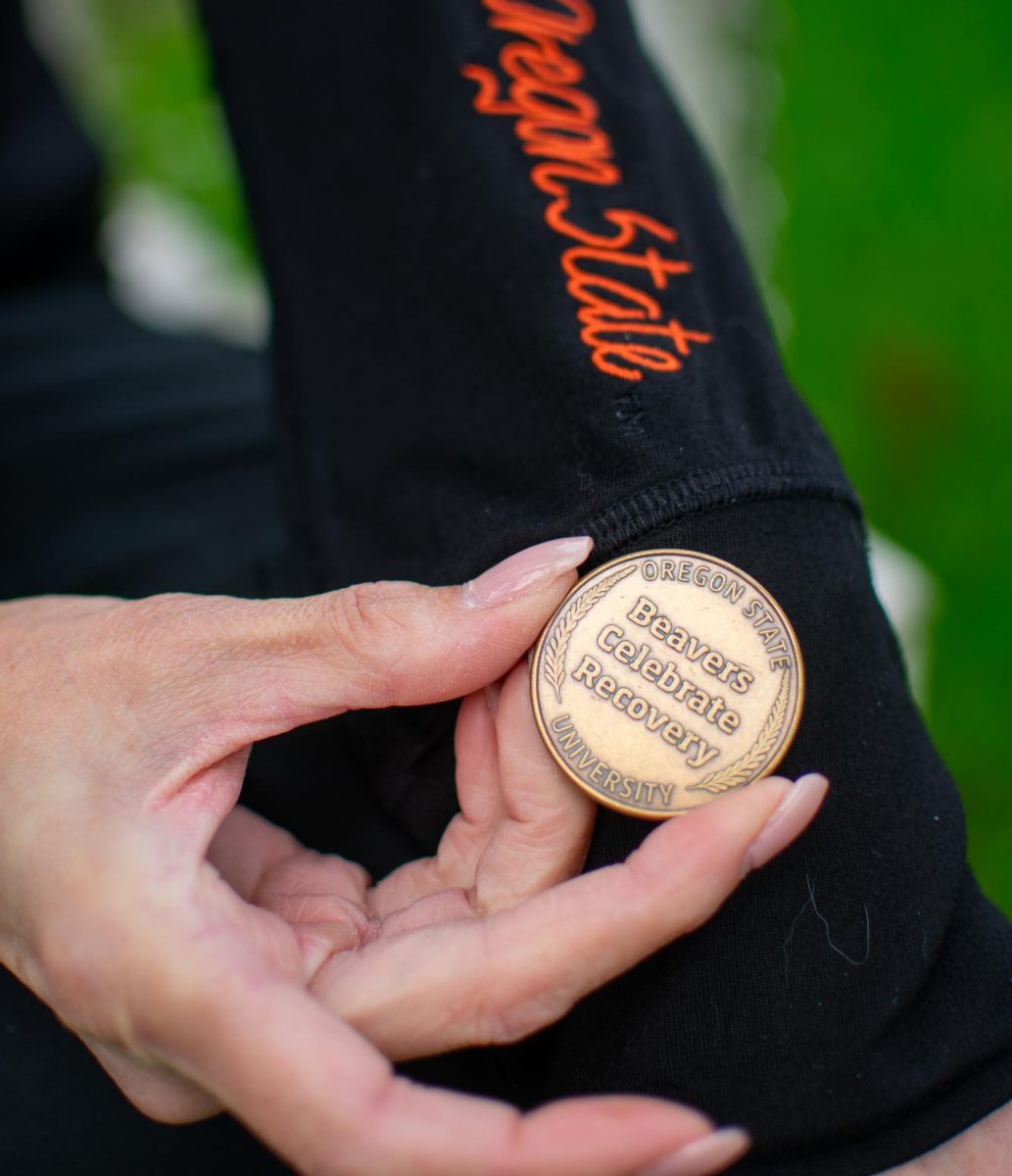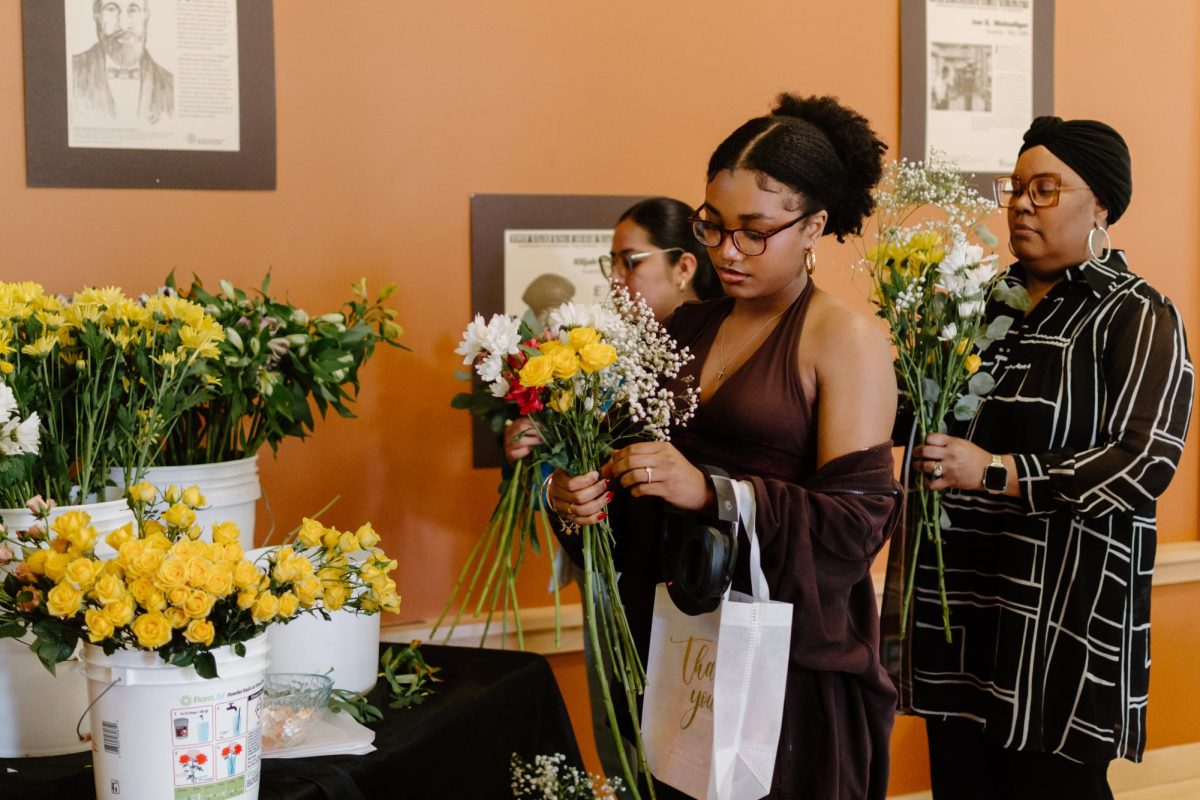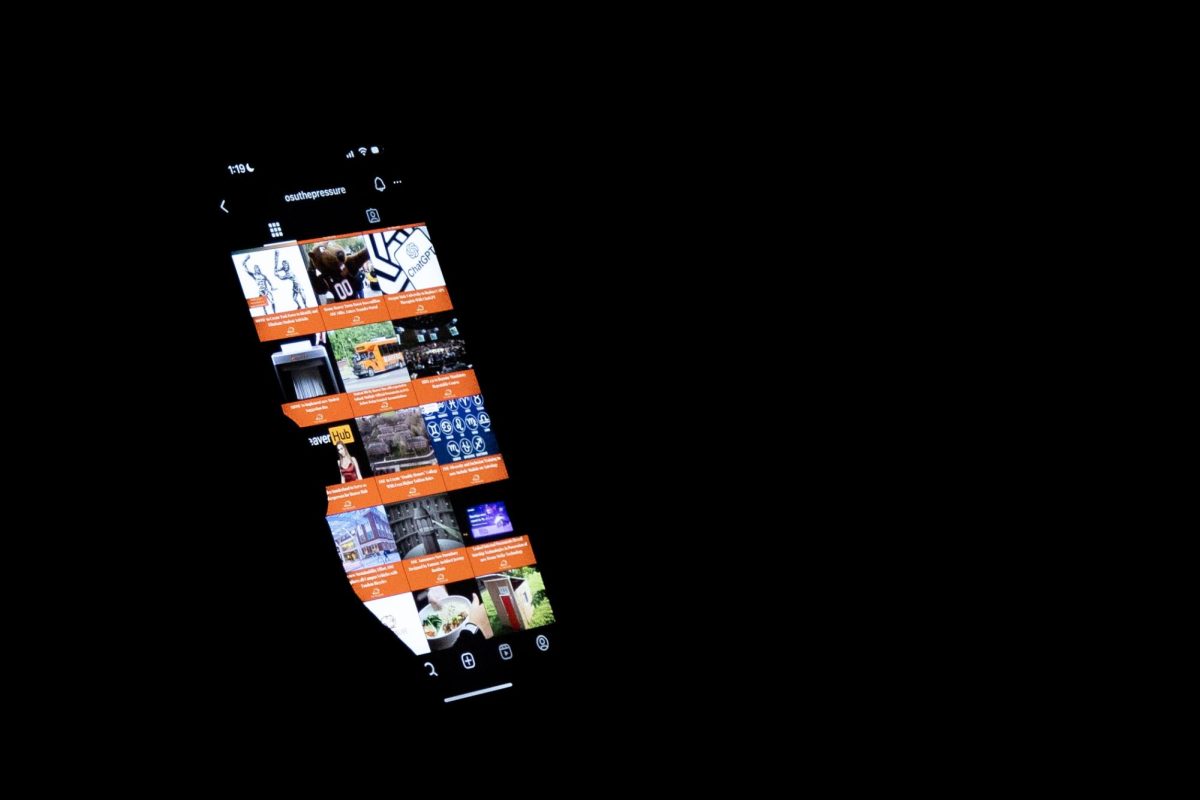While nearly all dating apps promote the same mission – to connect people together to find their match – there are some that students say are better than others.
Tinder and Hinge tied for Oregon State University student’s top choice, with Bumble falling second, and other apps like Grindr, HER, Farmers Only and e-harmony named as popular options from an Instagram poll conducted on Nov. 15.
According to Pew Research Center, Tinder also topped the list among adults surveyed nationwide. Runner-ups included Match, Bumble, OkCupid, eharmony, Hinge, Grindr and HER.
But what makes these apps and sites different from each other? Here’s a guide to help distinguish between all the options.
Tinder
The free app that markets itself as “making the impossible possible” through swiping right and left on profiles launched in 2012 and has been dominated by Gen Z since.
According to Tinder’s About page, the app provides options for nine sexual orientations and is available in 190 countries in more than 40 languages.
Bumble
The app marketed as the dating site for healthy relationships reverses the centuries-old power dynamic by requiring women to message first in opposite gender matches. For same gender and non-binary matches, either person can make the first move.
Launched in 2014, the app uses the similar swipe right and left model as Tinder does for users to reject or indicate interest, making the two apps very similar. The main differentiator between the two is the role of who makes the first move, which has seen popularity among both Gen Z and Millennials.
Hinge
Launching the same year as Tinder, and originally as a Facebook plugin, Hinge later resurfaced as its own dating app. The app does not identify a particular target user but markets themselves as “the dating app meant to be deleted”.
The app holds 15% of the United States market share of the dating app market falling behind Tinder and Bumble.
Match
Falling second to Tinder as the most used dating app, Match is no newcomer to the business of online dating and matchmaking.
Launching as a website – Match.com – in 1995, the dating site has prided themselves on adapting to what users looking for love need according to the website’s about page.
The dating app allows singles to express themselves online through up to 26 photos, small writing sections and indicating qualities they are looking for in a match, making Match one of the most extensive profile options out there.
OkCupid
Launched in 2011, OkCupid became the first major dating site with an app but the website version was launched in 2003 by four friends from Harvard.
The app prides itself on making real connections due to their nearly 500 match questions, but don’t worry, users don’t have to fill out every question to sign up.
eharmony
One of the first algorithm-based dating sites starting in 2000, eharmony has since remained a prominent dating site for singles of all ages. The company provides matching and articles on dating advice for multiple demographics, general dating tips, breakup tips and more.


